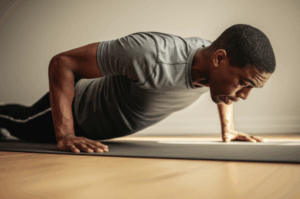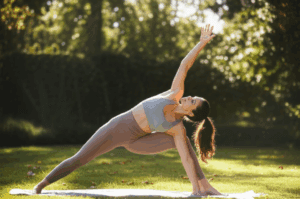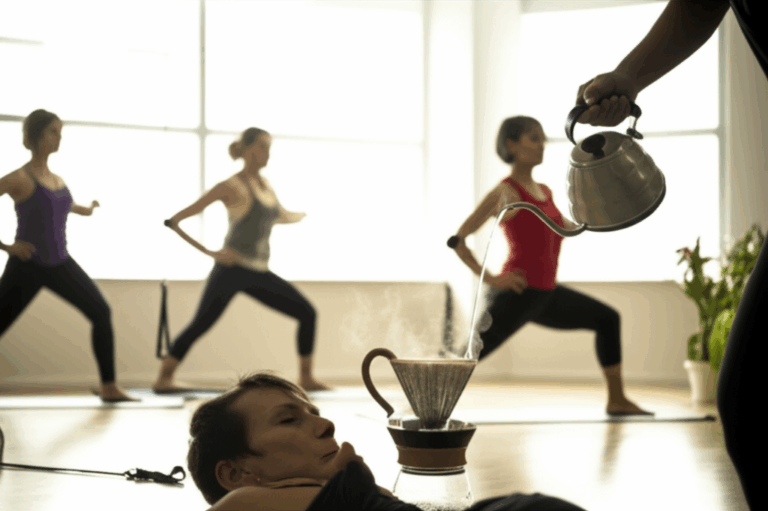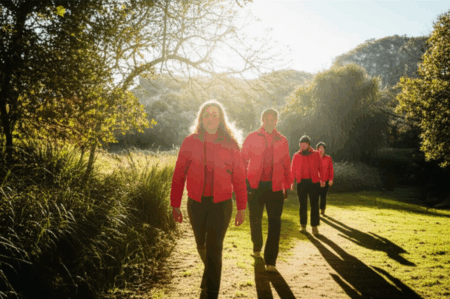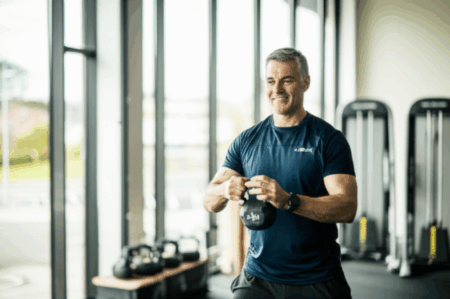For years, my fitness routine felt like a pendulum swinging between extremes. One month I’d be relentlessly lifting heavy, chasing muscle gains, often ending up with nagging aches or feeling stiff. The next, I’d pivot to gentler, flexibility-focused workouts, craving movement but missing the invigorating challenge of pushing my physical limits. I knew both strength and mobility were crucial, but I struggled to find a sustainable way to integrate them without feeling perpetually exhausted or like I was constantly sacrificing one for the other. This changed when I embarked on a month-long experiment: a hybrid Pilates and strength training plan. What started as an attempt to find balance quickly transformed into a revelation, leaving me feeling not just balanced, but unequivocally stronger than ever before.
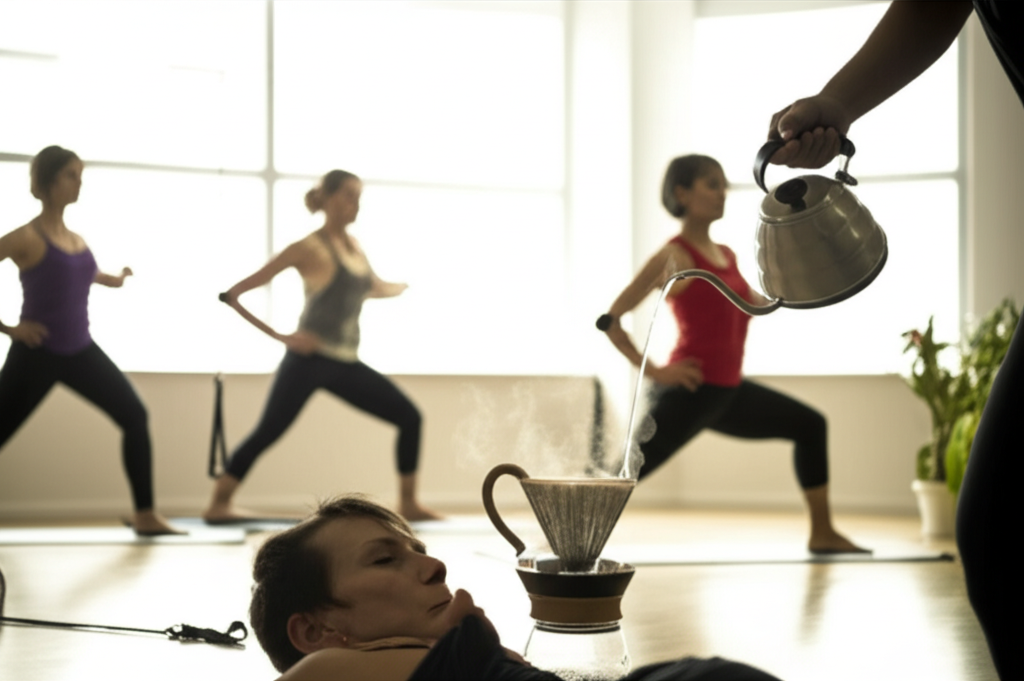
Understanding the Power of Hybrid Pilates and Strength Training
The concept of combining Pilates and traditional strength training isn’t new, but its intentional, integrated application is gaining significant traction. At its heart, this hybrid approach recognizes that these two modalities, often viewed as distinct, are actually deeply complementary, offering benefits that one alone cannot fully provide.
Strength training, with its focus on resistance and progressive overload, is paramount for building muscle mass, increasing bone density, and boosting overall physical performance. It’s about developing raw power and hypertrophy, challenging larger muscle groups through heavier lifts and compound movements. However, solely focusing on heavy lifting can sometimes lead to muscle imbalances, reduced flexibility, and a disconnect from the body’s deeper stabilizing muscles.
Enter Pilates. Developed by Joseph Pilates, this method emphasizes core strength, flexibility, posture, balance, and mind-body connection through controlled movements. While it uses resistance (often bodyweight or springs on a reformer), its primary goal isn’t muscle hypertrophy but rather improving muscle tone, endurance, and deep intrinsic core stability. Pilates activates smaller, stabilizing muscle groups that are often overlooked in conventional strength training, helping to protect joints and improve overall movement quality.
When combined, these two disciplines create a synergistic effect, addressing a broader spectrum of physical fitness needs. Pilates can “prime” the muscle groups for bigger lifts by enhancing core activation, spinal alignment, and controlled mobility, leading to safer and more effective strength training sessions. Conversely, the increased muscle mass and power gained from strength training can enhance performance in Pilates, allowing for deeper engagement and control. This “match made in heaven” results in joint protection, improved posture, more efficient calorie burn, better lifting technique, and faster athletic performance gains.
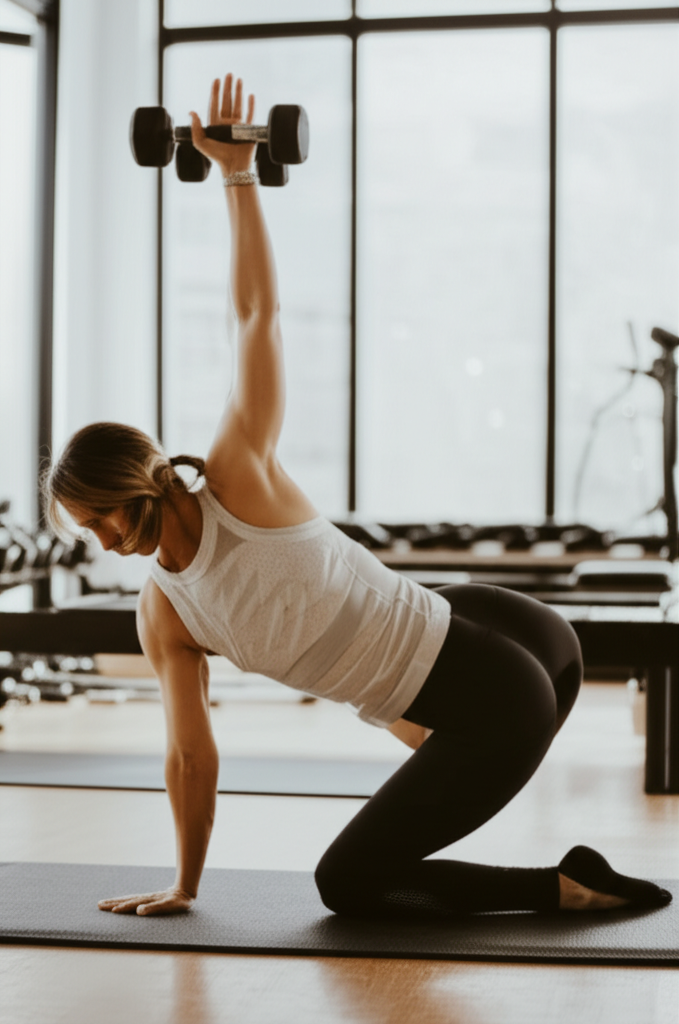
My Month-Long Journey: Integrating Two Disciplines
My hybrid Pilates and strength training plan for the month involved a strategic blend designed to maximize the benefits of both worlds. I aimed for four to five workouts per week, typically alternating between dedicated strength days, Pilates-focused days, and some hybrid sessions that seamlessly wove elements of both into a single workout.
Crafting a Balanced Weekly Schedule
My typical week looked something like this:
- Monday: Full Body Strength Training (focused on compound lifts)
- Tuesday: Reformer Pilates (targeting core, stability, and flexibility)
- Wednesday: Upper Body Strength Training with Pilates Core Finisher
- Thursday: Active Recovery / Mat Pilates for Flexibility and Mobility
- Friday: Lower Body Strength Training with Pilates Glute Activation
- Weekend: Rest or light activity like walking
This structure allowed me to challenge major muscle groups with strength training a few times a week while dedicating specific days or portions of workouts to the core engagement, mobility, and precision that Pilates offers. Consistency was key, and even on days when I felt less motivated, I committed to at least a shorter, focused session. Many experts recommend integrating Pilates into your routine at least twice a week alongside strength training to see noticeable benefits.
Initial Impressions and Adjustments
The first week was an interesting adjustment. I was already familiar with both modalities separately, but combining them intentionally felt different. On strength days, I noticed a newfound awareness of my core, thanks to the Pilates. My planks felt more stable, and I could brace more effectively during squats and deadlifts. Conversely, after a heavy leg day, a Pilates session felt like active recovery, helping to stretch and release tight muscles, promoting blood flow to areas that repetitive weightlifting movements tend to constrict.
A common mistake when starting a hybrid plan is overtraining or neglecting rest days. I made sure to listen to my body, ensuring adequate recovery. I also realized the importance of using Pilates to “prime” muscles before heavier lifts. For example, incorporating glute activation exercises from Pilates before a lower body strength session made a noticeable difference in how engaged my glutes felt during squats and lunges.
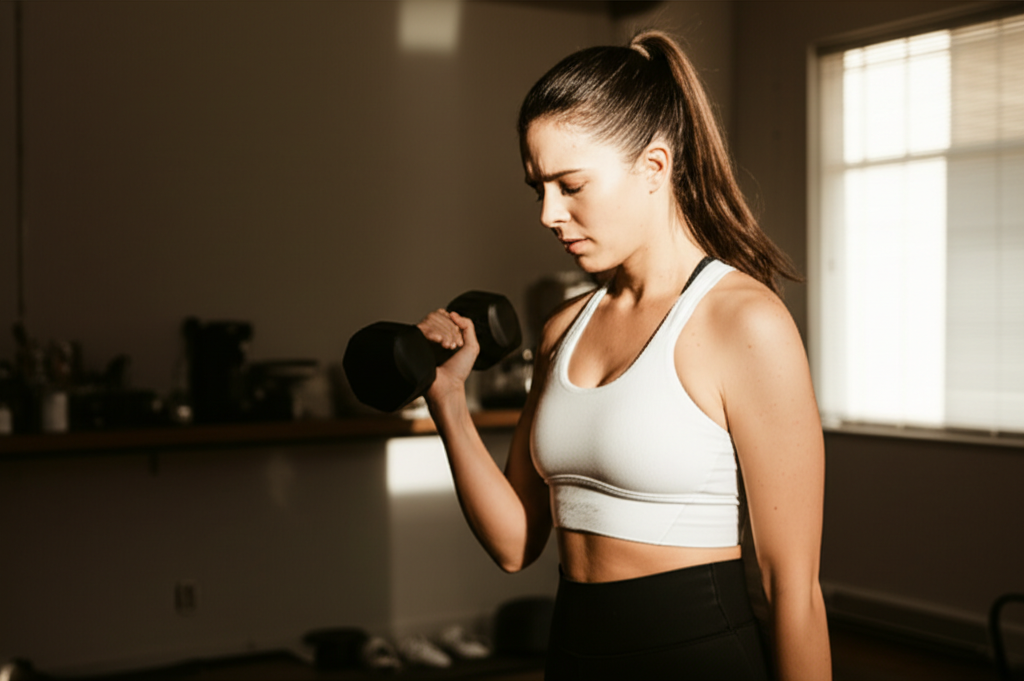
The Profound Benefits I Experienced
Over the course of the month, the changes weren’t just anecdotal; they were truly transformative. I logged my workouts, paid attention to my form, and most importantly, listened to how my body felt.
Unprecedented Core Strength and Stability
This was perhaps the most striking benefit. While I’d always incorporated core work into my strength routines, Pilates took my core strength to a new level. It wasn’t just about superficial abs; it was about the deep, intrinsic muscles that stabilize the spine and pelvis. This newfound stability translated directly into my strength training. My squats felt more grounded, my overhead presses were less wobbly, and I could maintain better form on challenging exercises. I felt a solid foundation that allowed me to lift more confidently and safely.
Dramatic Improvements in Mobility and Flexibility
Before this plan, tight hamstrings and hips were a constant battle. The regular incorporation of Pilates, particularly reformer sessions that allowed for a full range of motion under resistance, significantly improved my flexibility. I noticed increased range of motion in my joints, which in turn improved my lifting mechanics. Movements like deep squats became more accessible, and my posture, which often suffered from hours at a desk, showed considerable improvement. This enhanced mobility also contributed to reducing my risk of injury.
Noticeable Muscle Definition and Functional Power
While Pilates doesn’t lead to the same muscle hypertrophy as heavy weightlifting, it absolutely contributed to a more “toned” and functionally strong physique. My muscles felt denser and more engaged throughout the day. The strength training components built the larger muscle groups, and Pilates ensured that these muscles were supported by a strong, stable core and mobile joints, leading to a more balanced and efficient muscular system. My everyday movements, from carrying groceries to reaching for items, felt easier and more fluid.
Reduced Aches and Pains, Enhanced Injury Prevention
One of my biggest struggles before was persistent lower back stiffness or shoulder tension. By integrating Pilates, which focuses on alignment and strengthens supporting muscles, these minor aches significantly diminished. The combination helped to address imbalances that often arise from repetitive strength training movements, creating a more resilient body. This proactive approach to injury prevention made me feel more confident in pushing my limits during strength sessions.
A Stronger Mind-Body Connection
Pilates requires intense focus and precision, forcing a deep connection between mind and body. This heightened awareness carried over into my strength training, where I could better feel which muscles I was engaging and improve my form. This not only made my workouts more effective but also more enjoyable, turning them into a mindful practice rather than just a physical task.
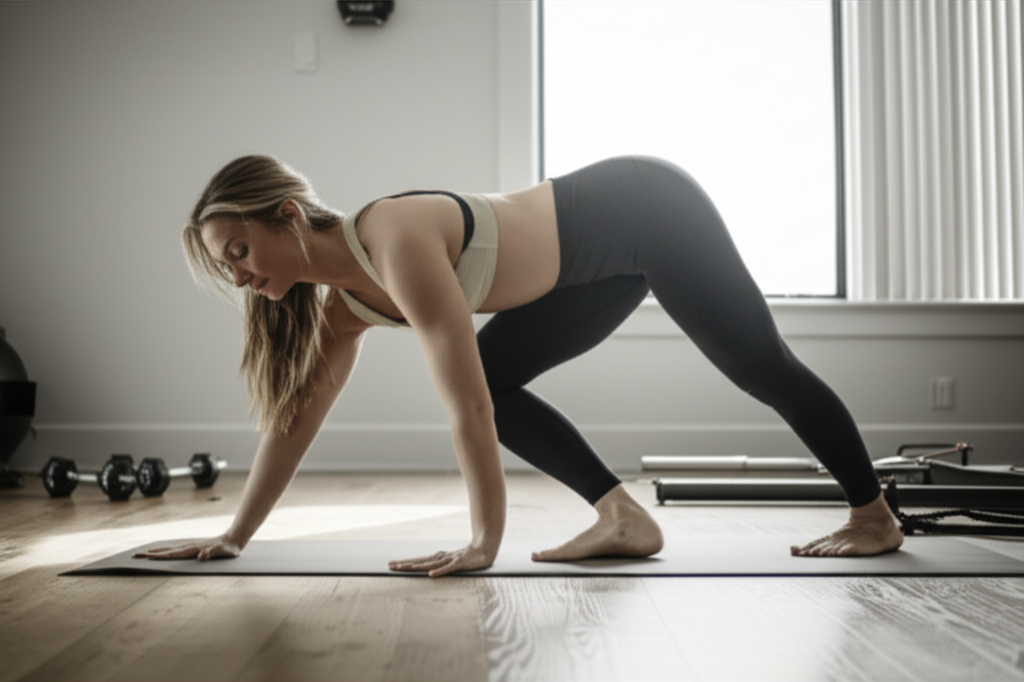
Who Should Consider a Hybrid Pilates and Strength Training Plan?
This hybrid approach isn’t just for seasoned athletes; it’s genuinely beneficial for almost anyone looking to improve their fitness comprehensively.
- Beginners: It provides a safe and effective way to build foundational strength, improve body awareness, and prevent injuries from the outset.
- Strength Athletes: It can enhance lifting performance, improve mobility for deeper squats or presses, and significantly reduce the risk of injury by strengthening stabilizing muscles.
- Individuals with Aches or Injuries: The low-impact nature of Pilates, combined with targeted strengthening, can aid in rehabilitation and prevent recurrence.
- Anyone Seeking Balanced Fitness: If you want a well-rounded physique that is strong, flexible, and moves efficiently, this combination is incredibly effective.
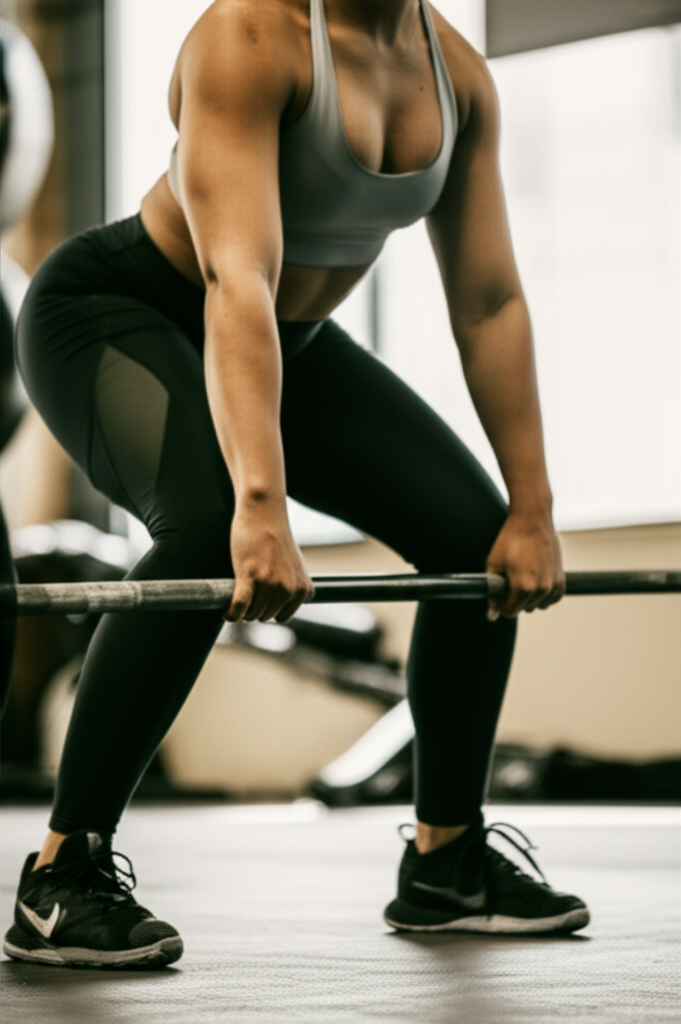
Tips for Starting Your Own Hybrid Journey
If you’re inspired to try a hybrid Pilates and strength training plan, here are some tips based on my experience and expert advice:
- Start Gradually: Don’t jump into too much too soon. Begin with 1-2 Pilates sessions and 1-2 strength sessions per week, then gradually increase as your body adapts.
- Prioritize Form: Especially with Pilates, precision over speed is crucial. If possible, consider taking a few classes with a certified instructor to learn the correct techniques.
- Listen to Your Body: Rest days are essential for recovery and preventing overtraining. If you’re feeling fatigued, opt for a gentler Pilates session or take a full rest day.
- Consider Your Schedule: You can alternate full days of each discipline, or integrate them into the same session (e.g., Pilates as a warm-up or cool-down, or blended hybrid workouts).
- Use Appropriate Resistance: For strength training, use weights that challenge you. For Pilates, bodyweight or lighter resistance (on reformers or with small props) is often sufficient to achieve the desired effect of muscle endurance and stability.
- Focus on the Core Principles: Regardless of the specific exercises, carry the Pilates principles of core engagement, controlled movement, and mindful breathing into your strength training.
- Stay Consistent: Like any fitness regimen, consistency is key to reaping the full benefits.
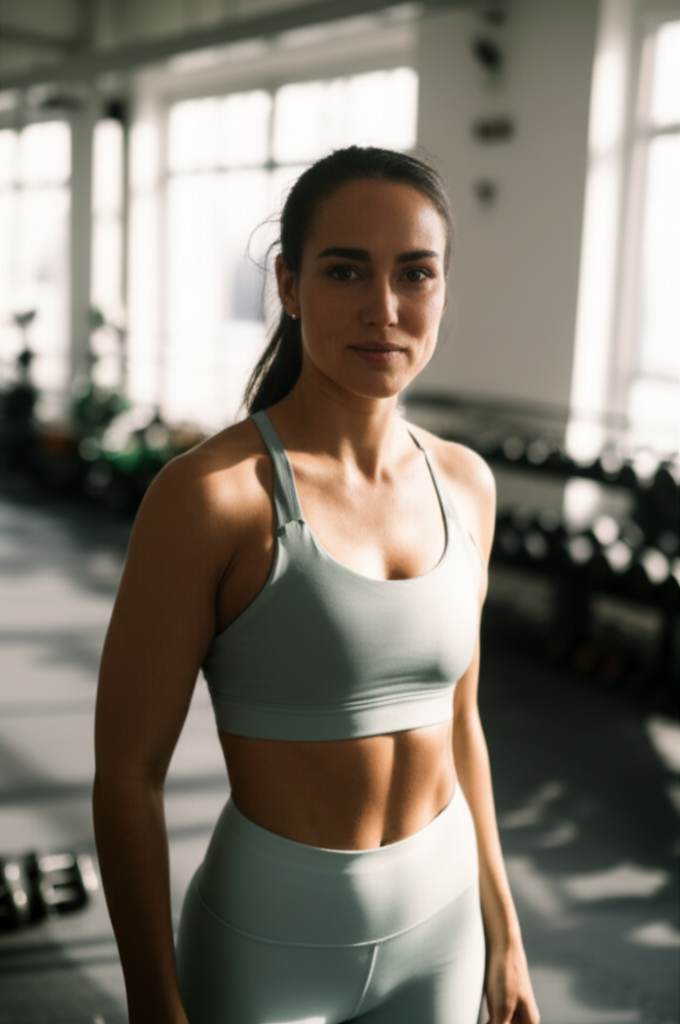
The Strongest Version of Myself
My month-long immersion in a hybrid Pilates and strength training plan fundamentally reshaped my understanding of fitness. It proved that true strength isn’t just about how much weight you can lift; it’s about the quality of your movement, the resilience of your body, and the deep connection you have to every muscle. I’ve built a more robust, agile, and powerful physique, and the feeling of integrated strength is truly unparalleled. If you’re looking to elevate your fitness, prevent injury, and genuinely feel stronger and more capable in every aspect of your life, I wholeheartedly recommend exploring the transformative power of a hybrid Pilates and strength training approach.


